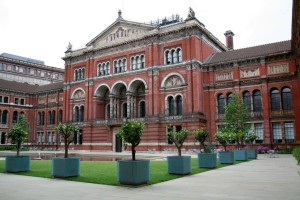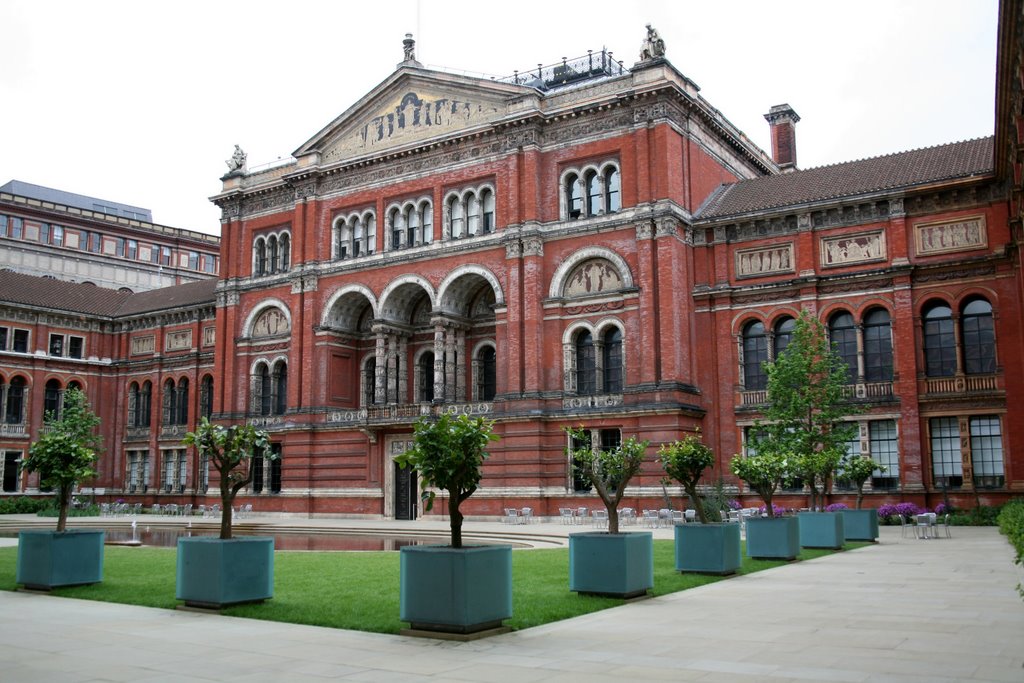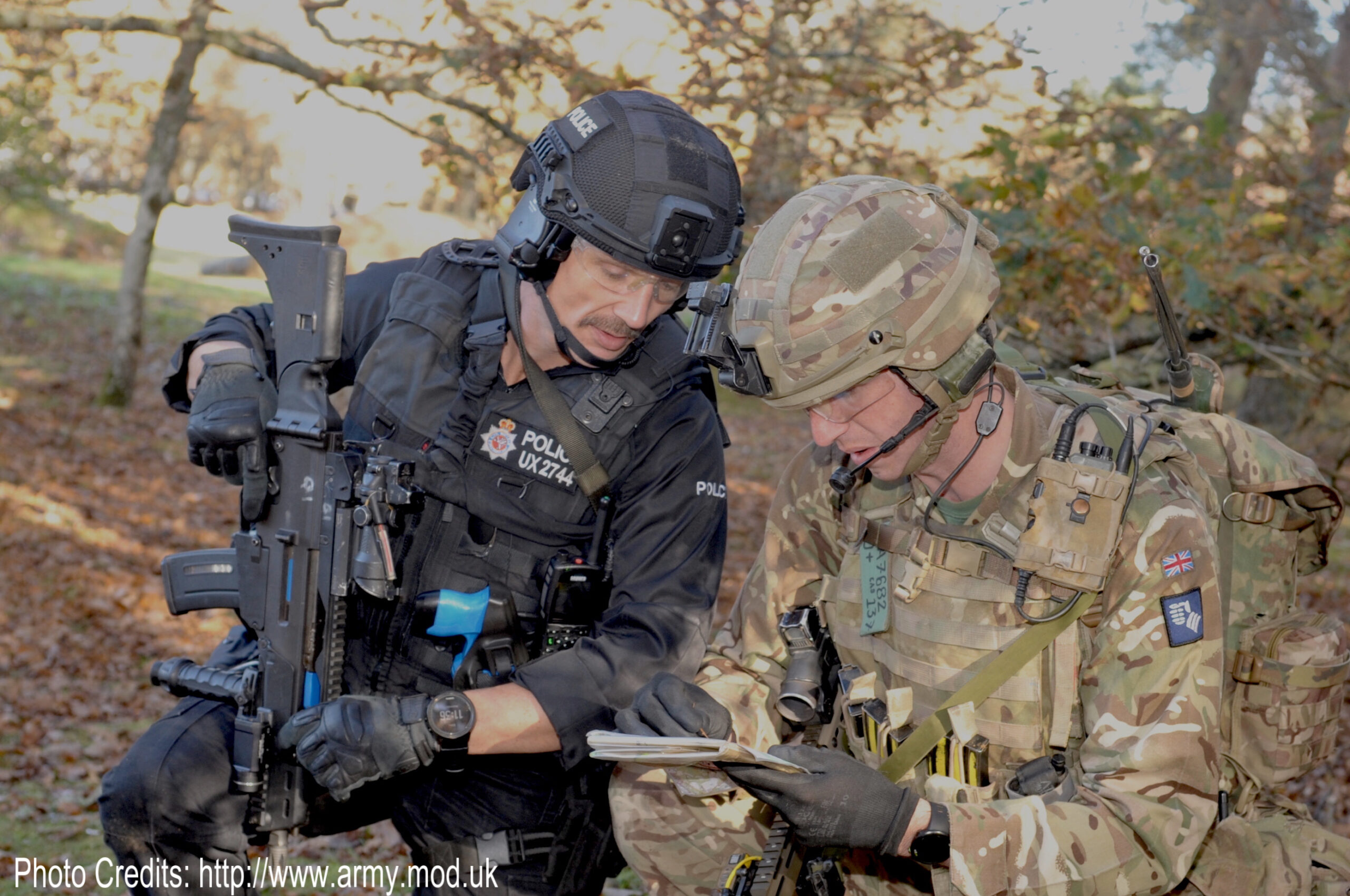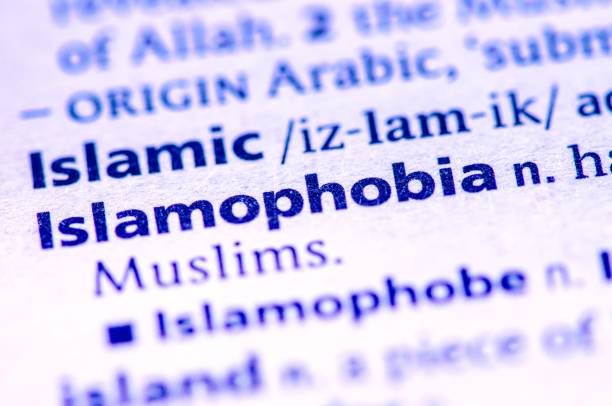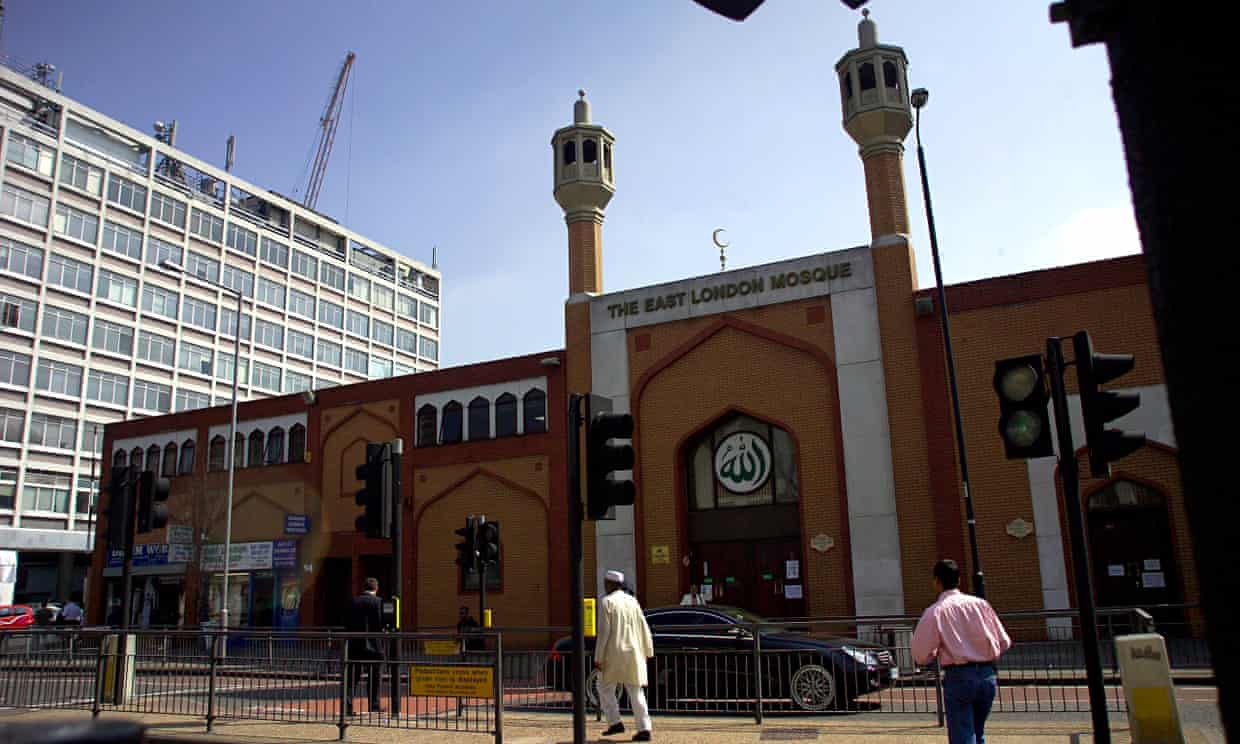The Victoria and Albert museum has attempted to conceal its ownership of a devotional image of the prophet Muhammad, citing security concerns, in what is part of a wider pattern of apparent self-censorship by British institutions that scholars fear could undermine public understanding of Islamic art and the diversity of Muslim traditions.
Similar images have been shown in exhibitions across Europe and America without prompting outrage, much less protests or a violent response. Made by Muslim artists for fellow Muslims, they come from a long but often overlooked tradition.
There was not a single complaint when another contemporary Iranian image of Muhammad was included in a 2013 exhibition in the Tropen museum in Amsterdam, hung next to a Christian icon, as part of an exhibition on cross-cultural encounters.
“We knew it might be controversial, but decided to take the risk because the story is important to tell,” said Mirjam Shatanawi, an Islamic art specialist and the Tropen museum’s curator for the Middle East and North Africa. “These images are a real eye-opener, a powerful example of Islam being different and more diverse than many imagine.
“If Muslims feel offended by images made by other Muslims out of reverence for the prophet, I’m not sure if the museum should decide not to show them. It seems like choosing one interpretation of Islam over the other. These images are not made to disrespect but – on the contrary – to honour the prophet.”
